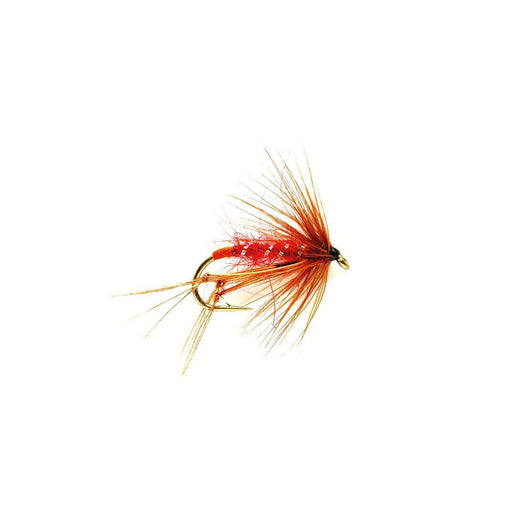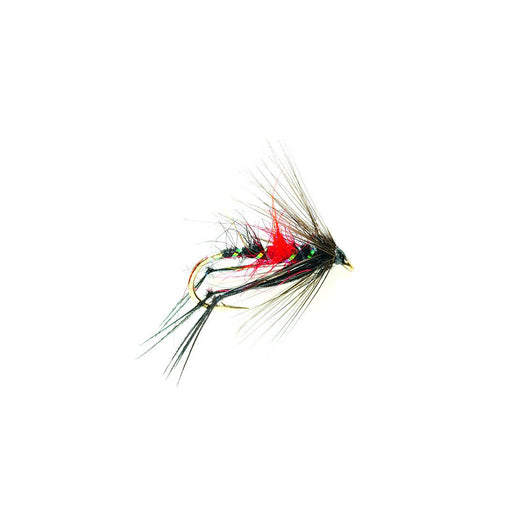
Fly Fishing Gear | Dry Flies
Dun's, Caddis, midge, Hoppers and anything else that float on the water trout eat! There are fe better experiences then watching a proper fish commit to coming to the surface to suck down your floating presentation. We have handpicked a selection of dry flies from quality brands like Fulling Mill, Category 3 and RIO Flies.
Click here to read more...
WHAT IS A DRY FLY?
A dry fly is a type of fly designed to float on the water's surface, mimicking insects or terrestrials that naturally land on or hover above the water. Unlike wet flies or nymphs, which sink beneath the surface, dry flies are intended to be seen by fish that are feeding on the top. This makes them particularly effective in situations where fish are actively looking for surface food.
WHEN TO FISH DRY FLIES
Dry fly fishing is most effective during certain times of the year and under specific water conditions. Spring and summer are ideal seasons for using dry flies due to the increased insect activity during these warmer months. This period often features hatches of mayflies, caddisflies, and hoppers, which make the surface of the water a prime feeding zone for fish. Autumn can also be a good time for dry fly fishing, particularly when targeting species that feed on midges or blue-winged olives.
In terms of water conditions, dry flies are best used in clear or lightly stained water. Such conditions allow fish to easily spot the fly on the surface. Additionally, dry flies perform well in slow-moving or still water, where the fly can drift naturally and attract fish without being influenced by strong currents.
WHAT IS AN IDEAL DRY FLY SETUP?
For an ideal dry fly setup, the rod, line, leader, and tippet all play crucial roles. A rod designed for dry fly fishing is typically lightweight, with a weight range from 3 to 5. This helps achieve the delicate presentations required for effective dry fly fishing. Rod lengths usually range from 7.5 to 9 feet. Longer rods provide better casting distance and accuracy, while shorter rods offer improved control in tighter spaces.
The line used should be a weight-forward floating line. This type of line supports the delicate presentation of the fly and helps keep it afloat. Leaders for dry fly fishing are generally longer than those used for other types of fly fishing, ranging from 7.5 to 12 feet. A tapered leader helps with turnover and reduces drag on the surface, which is crucial for a natural presentation.
Tippets are used to connect the leader to the fly and are typically lighter than the leader itself. For dry fly fishing, tippet sizes commonly range from 4X to 6X, depending on the size of the fly and the fish being targeted. The lighter tippet ensures that the dry fly drifts naturally on the water, enhancing its effectiveness in attracting fish.
NEED HELP CHOOSING FLIES? CONTACT US TODAYIf you have a particular dry fly setup in mind but would appreciate some additional advice. Simply get in touch with our friendly sales team – they’re always up for a chat. You can contact us by calling our Tumut store on (02) 6947 4062 or by email.
Fulling Mill Bristol Hopper Red Premium Dry Fly
Fulling MillThe original standard Bristol Hopper. Inspired by small craneflies blowing onto the lake and 'hopping' from wave to wave, this style has become a...
View full detailsFulling Mill Bristol Hopper Bibio - Premium Dry Fly
Fulling MillThe classic Bibio has been given the Hopper treatment, this style has become a modern classic. Effective as a general representation of many differ...
View full details


